
 |
|
|
|
|
#1 |
|
Member
Join Date: Apr 2008
Posts: 235
|
Greetings,
on many occasions we look at the kerises as cultural artifacts frozen in the time and place that gave birth to them. However, due to modern technology our appreciation of time and space has changed. - They are not the boundaries they once were. These days the keris has truly become an international phenomena (in the form of collecting and study) and they can be found on places as remote and alien to the original cultural sphere they originated in as this:  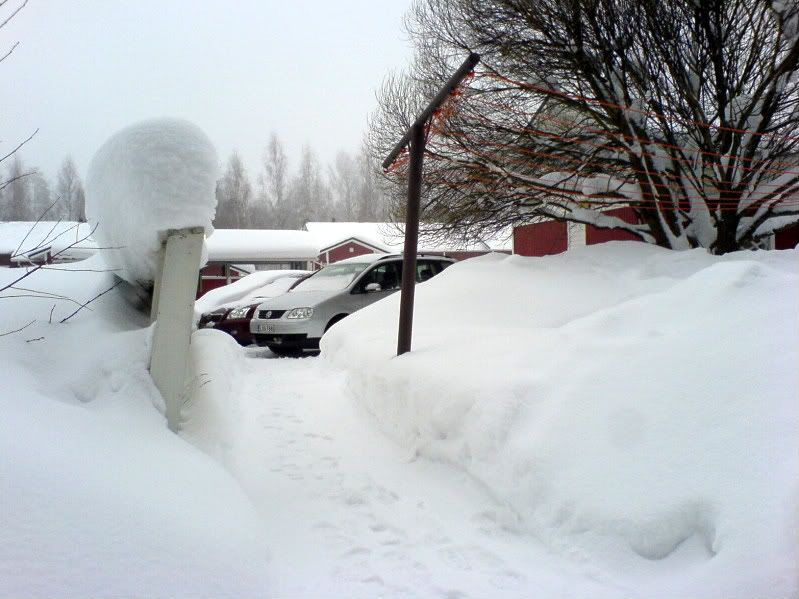 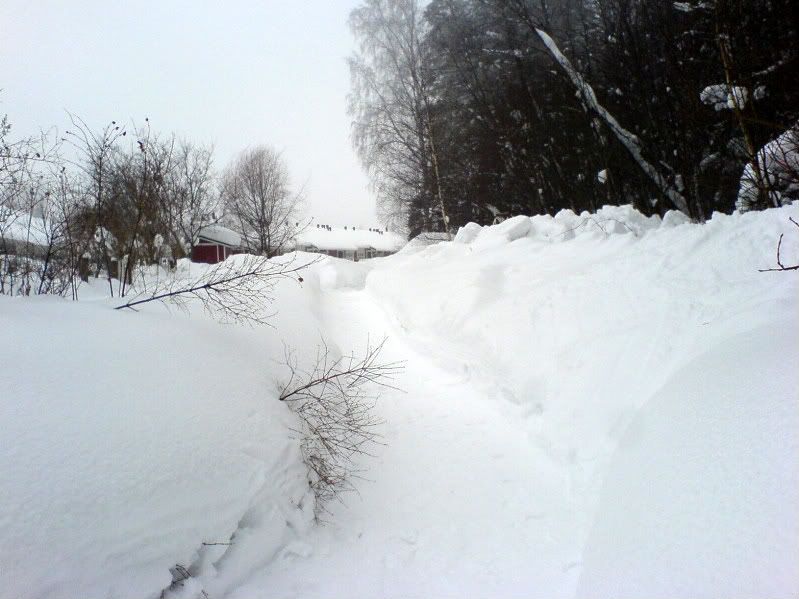 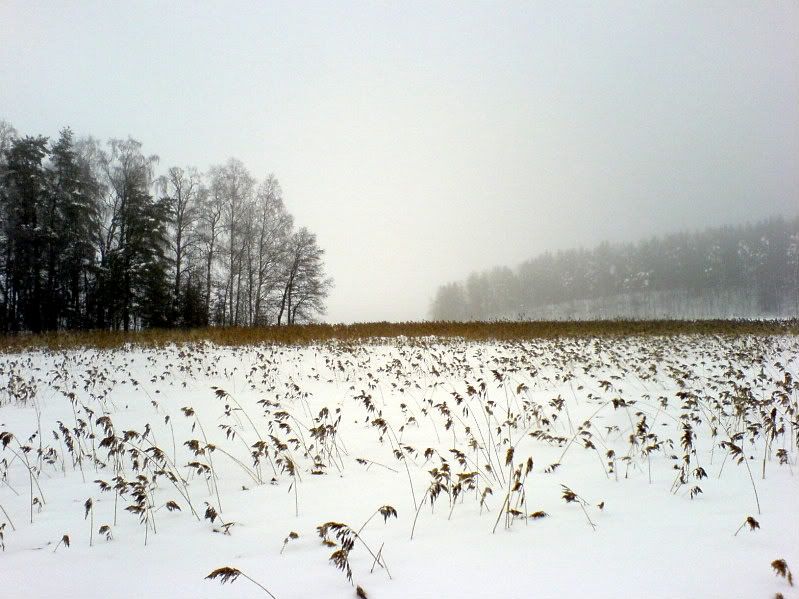 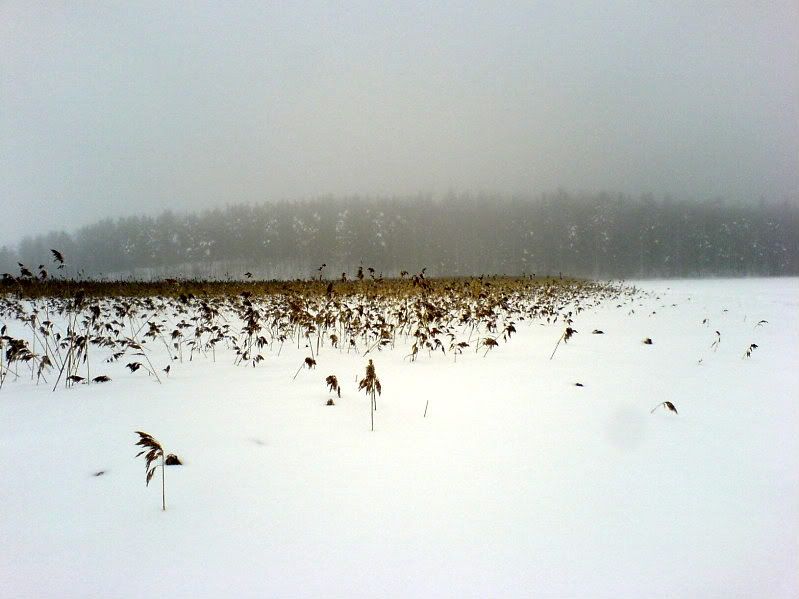 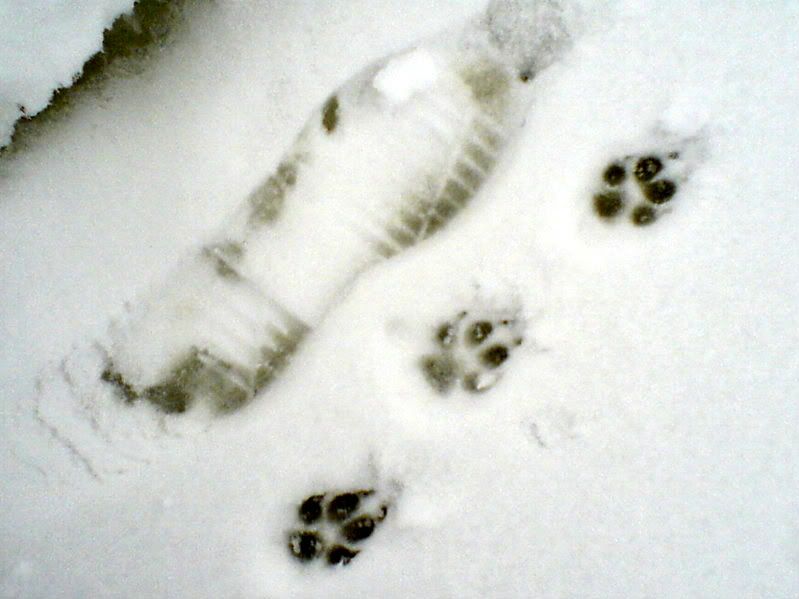 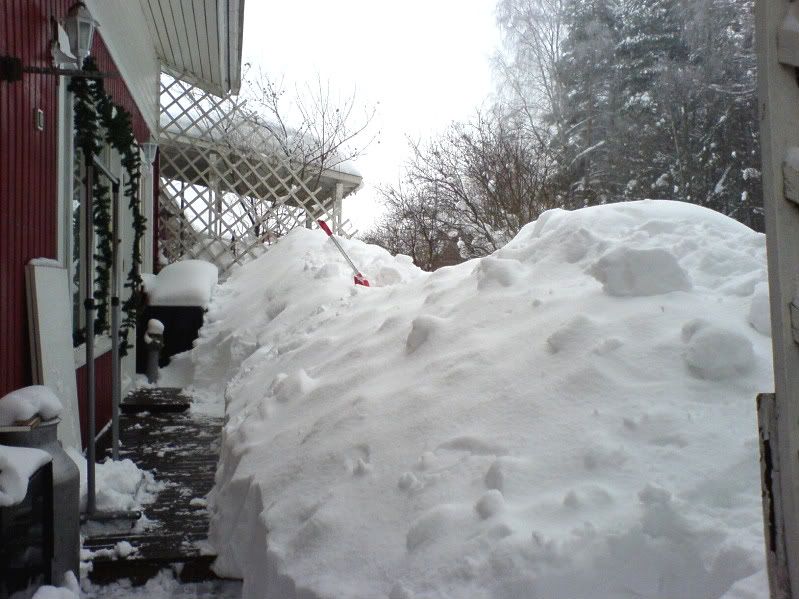 Yeah... Snow. Lots of it. Took these pics today and wondered how might the kerises be like if the Indonesian Archipelago would looked liked this a few centuries ago?  Do we want it or not the world functions as systemic whole leading to cultural change and interchange everywhere. The keris too is not immune but a part of this change. Thanks, J. Last edited by Jussi M.; 27th February 2010 at 03:35 PM. |
|
|

|
|
|
#2 |
|
Member
Join Date: Apr 2008
Posts: 235
|
Forgot to say...
The location of above pictures is 100km from Helsinki, Southern Finland, EU. 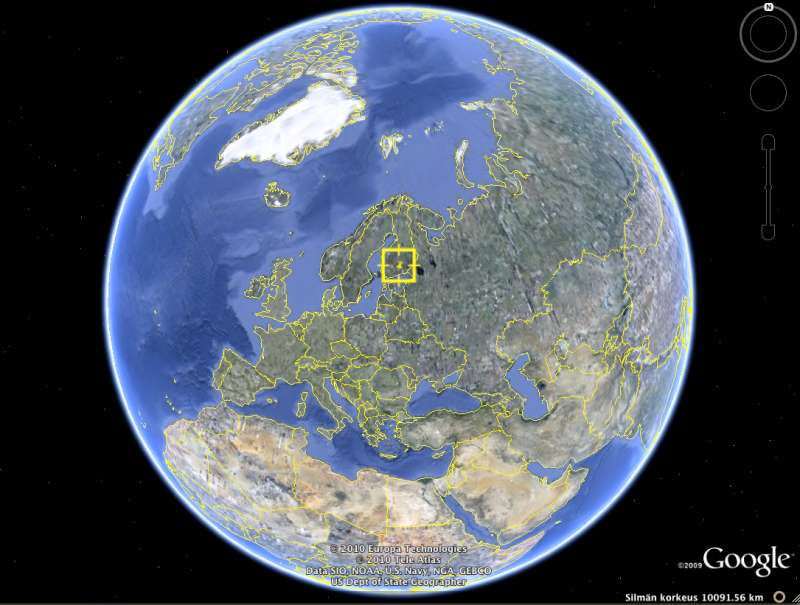 Thanks, J. |
|
|

|
|
|
#3 |
|
Vikingsword Staff
Join Date: Nov 2004
Posts: 6,291
|
Looks like you're having a mild winter .

|
|
|

|
|
|
#4 | |
|
Member
Join Date: Apr 2008
Posts: 235
|
Quote:
 
|
|
|
|

|
|
|
#5 |
|
Vikingsword Staff
Join Date: Nov 2004
Posts: 6,291
|
You took that picture at high noon, didn't you ?

|
|
|

|
|
|
#6 | |
|
Member
Join Date: Apr 2008
Posts: 235
|
Quote:
I guess I am not much of a photographer Rick  Best, J. |
|
|
|

|
|
|
#7 | |
|
Member
Join Date: Dec 2004
Location: Singapore
Posts: 1,180
|
Quote:
 Isn't the ukiran in a rather Malay/Bugis position?  If the keris were to have developed in Scandinavia, I bet it would likely have fur-coated sheaths  
|
|
|
|

|
|
|
#8 |
|
Member
Join Date: May 2006
Posts: 6,890
|
Our winter:- 25 June 2009 (middle of winter) at our place.
|
|
|

|
|
|
#9 | |
|
Keris forum moderator
Join Date: Aug 2006
Location: Nova Scotia
Posts: 7,121
|
Quote:
 
|
|
|
|

|
|
|
#10 | |
|
Member
Join Date: Mar 2006
Location: Room 101, Glos. UK
Posts: 4,182
|
Quote:
 i have a malay/indonesian pirate klewang in a fur-coated sheath. of course most of the fur has worn off now. i have a malay/indonesian pirate klewang in a fur-coated sheath. of course most of the fur has worn off now.and david, one of the most expensive coffees comes from there, apparently they get a civert cat to eat the coffee fruits, and it poops out the beans and they charge a small fortune for them (kopi luwak). supposedly tastes heavenly, but as i've never had the pleasure, maybe some one else can comment  edited: p.s. - from the reference wiki article in the para. above, kopi muncak may be possible here, we have a number of muntjac deer in residence on the neighbourhood farms where i walk the greyhounds, i'll have to leave out some unroasted coffee beans hidden in some fruit and see what happens. Kopi manusia is another possibility 
Last edited by kronckew; 3rd March 2010 at 03:17 PM. |
|
|
|

|
|
|
#11 | |
|
Keris forum moderator
Join Date: Aug 2006
Location: Nova Scotia
Posts: 7,121
|
Quote:

|
|
|
|

|
|
|
#12 |
|
Member
Join Date: Aug 2006
Posts: 608
|
While unashamedly an admitted novice on the keris, as an armchair student of history, I would think that given the "backend" religious factors driving the "front-end" cultural expression of the keris, it is a fair assumption the only realized difference resulting from a change in climate might have been in the materials (i.e., type of wood) used in creating the ukiran, warangka, & gambar. Snow did not keep the Hindu religion from flourishing in the Himalayas; and the same forms of weaponry with only slight-to-moderate variations may be found along a wide range of latitudes from mountain peaks of Nepal to the tropical southern subcontinent.
Of course, take my opinion for what it is worth: exactly what it cost...  Now, on the other hand, if you're speaking of how the keris may have developed had it been indigenous to Finland, I think it might have looked something like this:  
|
|
|

|
 |
|
|